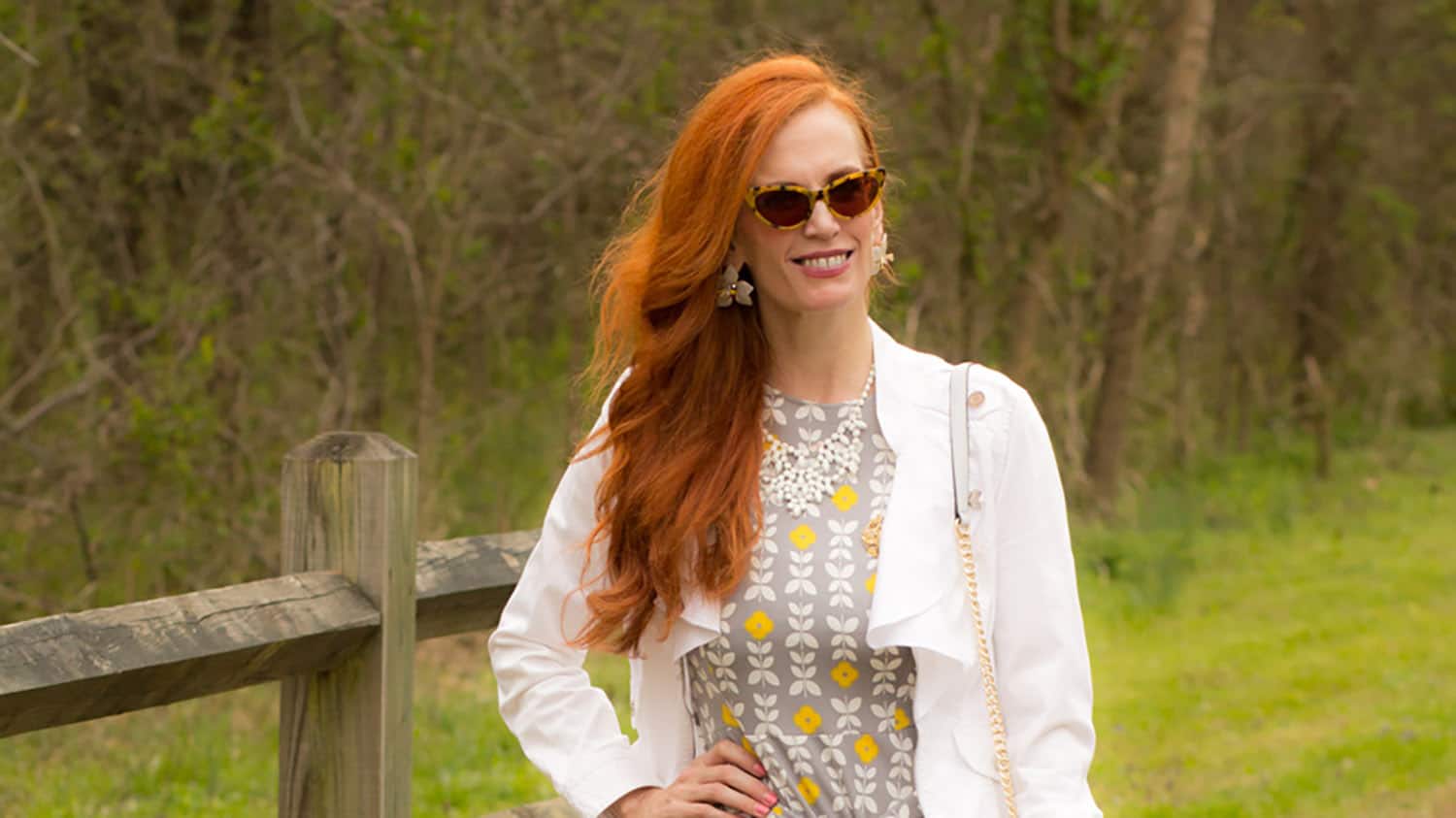What Makes a Healthy Diet for Women Over 60? You May be Surprised (Video)
When I was a young woman, I could eat an entire pizza and never gain an ounce. Now that I am in my 60s, it feels like I could gain 10 pounds just from saying “pizza” out loud. On second thoughts, hopefully writing it down in this article won’t have the same effect!
What is a Healthy Diet for Women Our Age?
Of course, healthy eating after 60 isn’t just about keeping our weight under control. It is also about giving our bodies the nutrients they need to keep running efficiently. After all, there are so many amazing things that we want to see in this world. But, first, we need the right amount of energy – and this starts with our diet.
To get a better understanding of the nutritional needs of older women, I recently interviewed Lynda Goldman. Lynda is an author and nutrition expert. She reminds us that, regardless of our age, it’s a good idea to eat healthy food. At the same time, older women face unique challenges with regards to their bodies. Not the least of these is the fact that our changing metabolism and hormones make it even easier to gain weight.
I hope that you enjoy our video interview. If you have a specific diet related question for Lynda, please add it in the comments section at the end of this article.
Pay the Farmer or Pay the Doctor
Lynda starts by reminding us that buying fresh, organic food is an investment in our health. As she said, you can either “pay the farmer or the doctor.” I love this simple advice!
When it comes to choosing food, her advice is clear. Anything that grows naturally and is dark colored is likely to be full of vitamins and minerals. I would add that colorful fruits and vegetables also fit into this category. On the other hand, anything that comes in a box or a can is likely to contain lots of additives.
Somewhat surprisingly, frozen foods can actually be better for you than you might think. As long as you choose frozen vegetables from good sources, they are likely to have plenty of nutrients “locked in.”
At this point, you may be thinking… “That’s all very well. But, aren’t organic foods expensive? Not all of us are ‘made of money,’ you know.” There’s definitely some truth to this. Shopping for organic vegetables in specialty stores, like Whole Foods, is definitely going to cost more than buying cereal in bulk at Costco.
There are a few important things to remember here. First, shopping for organic food can be an adventure. Even if you live in a city, you are probably a bus ride or two away from a farmer’s market. The closer you get to the source, the less expensive buying organic food will become. Your shipping trips may take longer, but, it will be worth it!
Buying healthy food is an investment. Taking care of your body now will help you to keep your body healthy for years to come.
In other words, it’s a case of spending a little more now to potentially save a lot later.
How Many Colors Are in Your Diet?
If you listen to the commercials on TV, it’s easy to get confused about what “healthy food” even is. Milk is good for you. Milk is bad for you. Gluten is evil. Gluten is misunderstood. It’s enough to make your head spin.
Well, I’m a big fan of simple rules and, when it comes to picking healthy food, Lynda has a great rule of thumb. She says that selecting healthy food may come down to color. As she explains, colorful vegetables and fruits typically contain more nutrients than processed foods.
For Lynda, every color food has a purpose. For example, she explains that yellow and orange foods have healing properties. This includes oranges, lemons and butternut squash.
So, go ahead. Fill your cart with every color of the rainbow. Your body and brain will thank you!
Practical Tips for Breakfast, Lunch and Dinner
Of course, getting the right ingredients is only part of the challenge when it comes to healthy eating. We also need to figure out how to prepare our food in an optimal way.
In our interview, Lynda gives some practical tips for breakfast, lunch, dinner and snacks. She explains that protein-packed foods are a great way to start the day. I’m a bit believer in this and I start every day with a protein shake. Eggs are also protein rich and, despite their reputation, are actually quite good for you. Alternatively, you could start your day with kefir or yogurt. This gives your body a dose of healthy bacteria.
For lunch, Lynda suggests trying a leafy green salad with a side of protein, like salmon, chicken or turkey. There are also plenty of non-meat options for our vegetarian sisters.
Dinner should be heavy on fresh vegetables. Why not try a stir-fry or crispy sweet potato? No matter what you do, make sure that your evening is at least 50% vegetables.
What about if you get hungry between meals? Do you have to just “tough it out?” Nope. In fact, Lynda says that nuts are a great “snack food.” Be cautious with Brazil nuts, which really shouldn’t be consumed more than 2-3 per day. Yogurt and Kefir also make great snack drinks.
I had so much fun recording this interview with Lynda and I hope that you find her advice useful. You can read more about her work on her blog.
What are your favorite healthy foods? What positive changes have you made to your diet recently? Please join the conversation. Our community is stronger because of you!
Tags Healthy Eating Interviews






